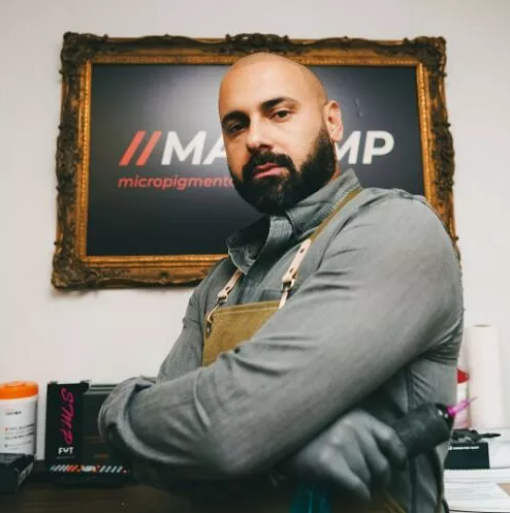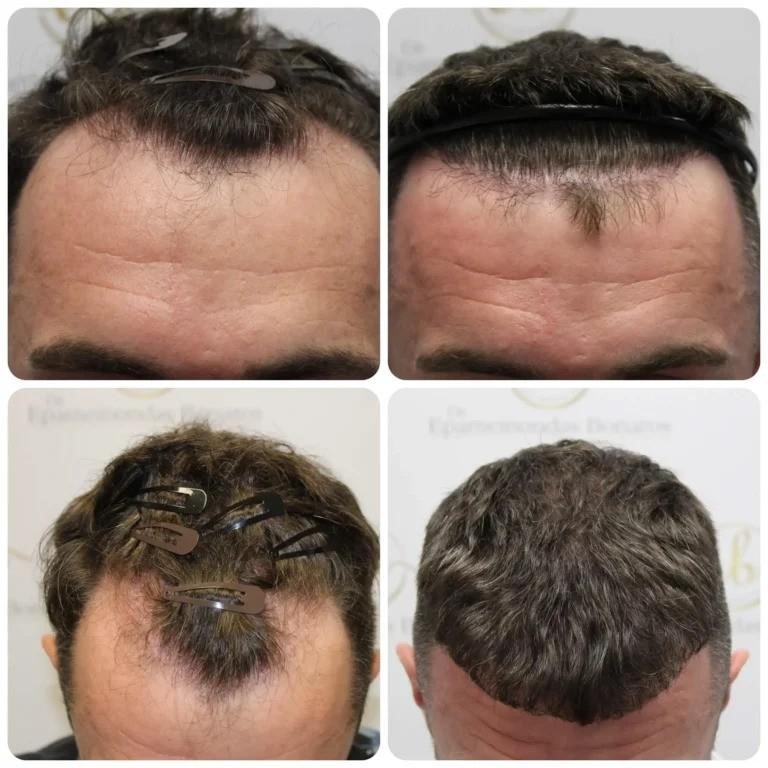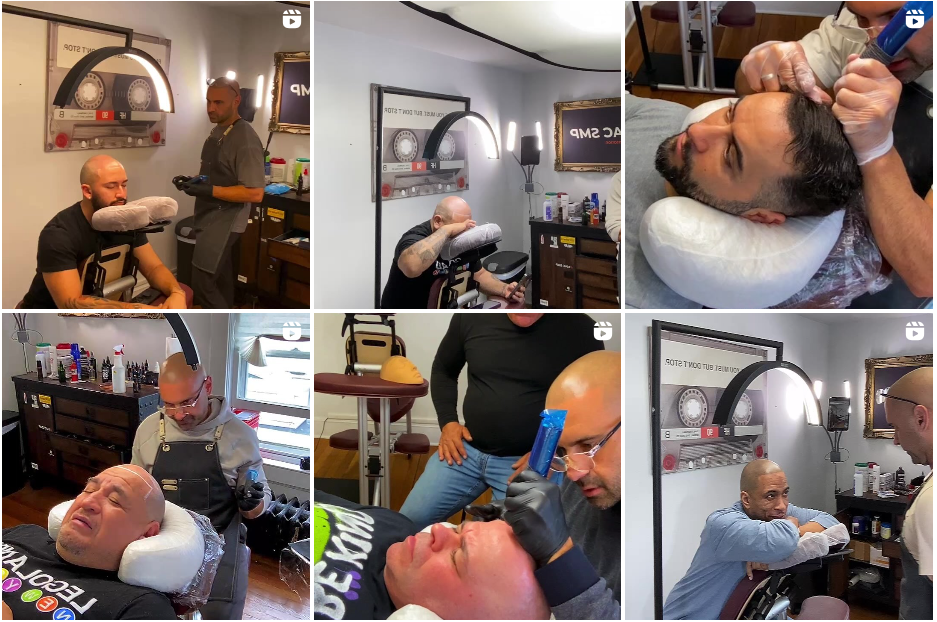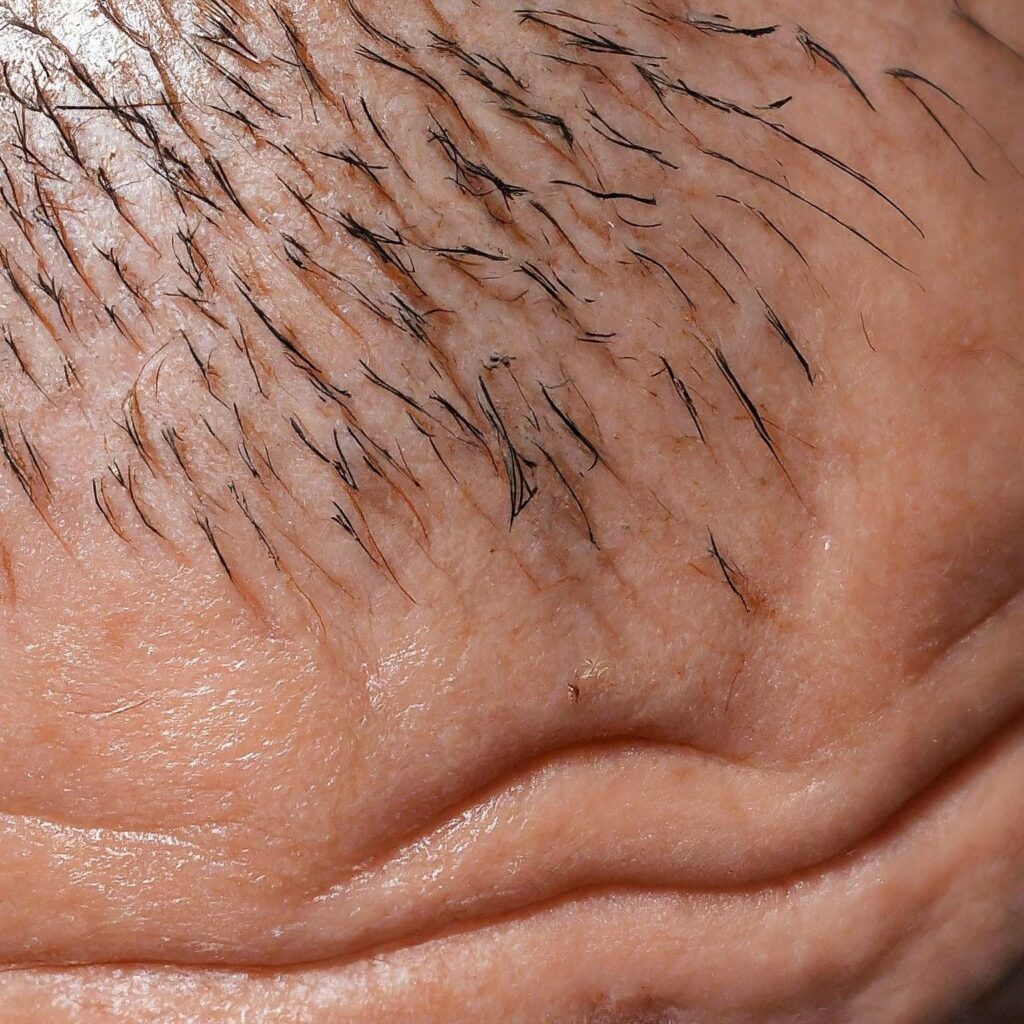Hair thinning and hair loss are common concerns affecting millions worldwide, impacting both men and women. These issues can arise for various reasons, from genetic factors to lifestyle choices and medical conditions. Understanding the causes and available treatment options is crucial for effectively managing hair thinning and loss.
This article provides expert advice on navigating these challenges, ensuring you are well informed and equipped to make the best decisions for your hair health.

Image Credit: Pexels
Key Takeaway
With the right approach, hair thinning and hair loss can be managed and sometimes reversed. By understanding the causes and exploring various treatment options, you can take proactive steps to improve your hair health.
Key strategies include maintaining a healthy lifestyle, seeking professional advice, and considering treatments like Scalp Micropigmentation (SMP) for effective results.
How to Manage Hair Thinning and Hair Loss
Managing hair thinning and hair loss requires a multifaceted approach tailored to the individual’s condition and underlying causes. Here is a detailed guide to help you navigate this journey:
- Identify the Cause: The first step in managing hair loss is understanding its root cause. Hair thinning can result from genetics (androgenetic alopecia), hormonal changes (pregnancy in women, menopause, thyroid issues), medical conditions (alopecia areata, scalp infections), medications, stress, or nutritional deficiencies. A thorough evaluation by a dermatologist or trichologist can help pinpoint the cause.
- Early Intervention: The earlier you address hair thinning or loss, the better the chances of reversing it. Consulting a dermatologist or trichologist at the first sign of hair loss can lead to more effective treatment.
- Medical Treatments: Several FDA-approved hair loss treatments exist. Minoxidil (Rogaine) is a topical solution that stimulates hair growth and slows hair loss. Finasteride (Propecia) is an oral medication that inhibits the hormone responsible for hair thinning. Both treatments can be effective but may take several months to show results.
- Lifestyle Changes: Healthy lifestyles can significantly impact hair health. Ensure a balanced diet rich in essential vitamins and minerals like iron, zinc, and biotin. Regular exercise, adequate sleep, and stress management techniques like yoga and meditation can promote healthier hair.
- Natural Remedies: Some people succeed with natural treatments like essential oils (rosemary, peppermint) and herbal supplements. While not scientifically proven effective as medical treatments, they can be part of a holistic approach to hair care.
- Advanced Therapies: For those seeking more advanced treatments, options like Platelet-Rich Plasma (PRP) therapy, where your plasma is injected into the scalp to stimulate hair growth, and hair transplant surgery are available. These should be discussed with a medical professional to determine suitability.
You can effectively manage and potentially reverse hair thinning and hair loss by combining these approaches and seeking professional advice.

Why Does Hair Fall Off?
Hair loss can occur due to several factors:
- Genetics: Hereditary hair loss, known as androgenetic alopecia, is the most common cause. It affects both men and women and is characterized by gradually thinning hair.
- Hormonal Changes: Conditions like pregnancy, menopause, and thyroid problems can lead to temporary or permanent hair loss.
- Medical Conditions: Alopecia areata, scalp infections, and other illnesses can contribute to hair loss.
- Medications: Certain drugs used to treat cancer, arthritis, depression, heart problems, and high blood pressure can cause hair thinning or loss.
- Stress: Physical or emotional stress can trigger hair loss, usually temporary.
- Poor Nutrition: A diet lacking essential nutrients like protein, iron, and vitamins can lead to hair thinning.
Can Hair Loss Be Reversed?
Reversing hair loss depends largely on the underlying cause and the stage at which it is addressed. Treatments like Minoxidil and Finasteride can slow the progression and stimulate regrowth for many individuals experiencing genetic hair loss, known as androgenetic alopecia.
These medications work by prolonging the growth phase of hair follicles and reducing the action of hormones that contribute to hair loss. However, the effectiveness varies, and continued use is often necessary to maintain results.
Innovative treatments like Platelet-Rich Plasma (PRP) therapy and hair transplant surgeries offer more permanent solutions for those with significant hair loss. PRP therapy involves injecting the patient’s platelet-rich plasma into the scalp to stimulate hair follicles and promote growth.
Hair transplants relocate hair follicles from dense areas to thinning or bald areas, providing a lasting solution. While these treatments can be effective, they require careful consideration and consultation with a specialist to determine the best approach based on individual circumstances.

Treating Hair Loss with SMP
Scalp Micropigmentation (SMP) is a non-surgical treatment that creates the appearance of fuller hair. It involves applying natural pigments to the scalp to mimic the look of closely shaved hair. SMP mainly benefits those with thinning hair, receding hairlines, or complete baldness.
At Mac SMP, you can book a consultation with us and explore various benefits to enhance your hair loss treatment. This also includes getting a suitable Alopecia hair stylist, among other features.
5 Frequently Asked Questions and Answers
1. Can stress cause hair loss?
Stress can cause temporary hair loss conditions such as telogen effluvium, where hair follicles enter a resting phase and fall out more quickly.
2. Is hair loss hereditary?
Genetic factors play a significant role in hair loss, particularly in conditions like androgenetic alopecia.
3. Can diet affect hair health?
Absolutely. A balanced diet rich in vitamins and minerals is crucial for maintaining healthy hair. Deficiencies in nutrients like iron, vitamin D, and biotin can lead to hair thinning.
4. Are there any side effects of hair loss treatments?
Some treatments, like Minoxidil and Finasteride, can have side effects. It’s important to discuss these with your doctor before starting any treatment.
5. How long does it take to see results from hair loss treatments?
The timeline varies depending on the treatment. Medications like Minoxidil may take several months to show results, while SMP provides immediate improvements.
Wrapping Up
Managing hair thinning and hair loss requires a comprehensive approach that includes understanding the underlying causes, exploring various treatments, and making lifestyle adjustments. Whether through medical interventions, lifestyle changes, or innovative treatments like Scalp Micropigmentation, there are multiple ways to address hair loss effectively.
Consulting with a healthcare professional is essential to determine the best course of action for your specific situation. With the proper knowledge and approach, you can take control of your hair health and achieve the best possible outcomes.
Enjoy This Article? You May Also Like:
- Real-Life Results of Hair Transplant in White Plains, New York: Success Stories and Before-and-After Photos
- The Complete Guide to Hairline Transplant: What You Need to Know
- Why Do Bald Patches on the Head Occur and How to Treat Them
- Why is your Hair Dropping Out? Common Causes and Solutions at Mac SMP
- Achieving a Full Head of Hair with Surgical Hair Implants













